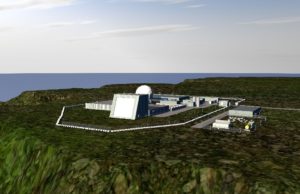
A House Armed Services Committee (HASC) panel’s mark of its section of the fiscal year 2024 defense policy bill seeks a report on missile defense sensor coverage for Hawaii after a previous Hawaii-based radar system was scrubbed while the Defense Department seeks a more limited new sensor. The HASC Strategic Forces subcommittee mark included language that noted the FY ‘23 defense budget request “effectively canceled all activities for the Homeland Defense Radar-Hawaii [HDR-H] due to ongoing reevaluation of the missile…

 By
By 











